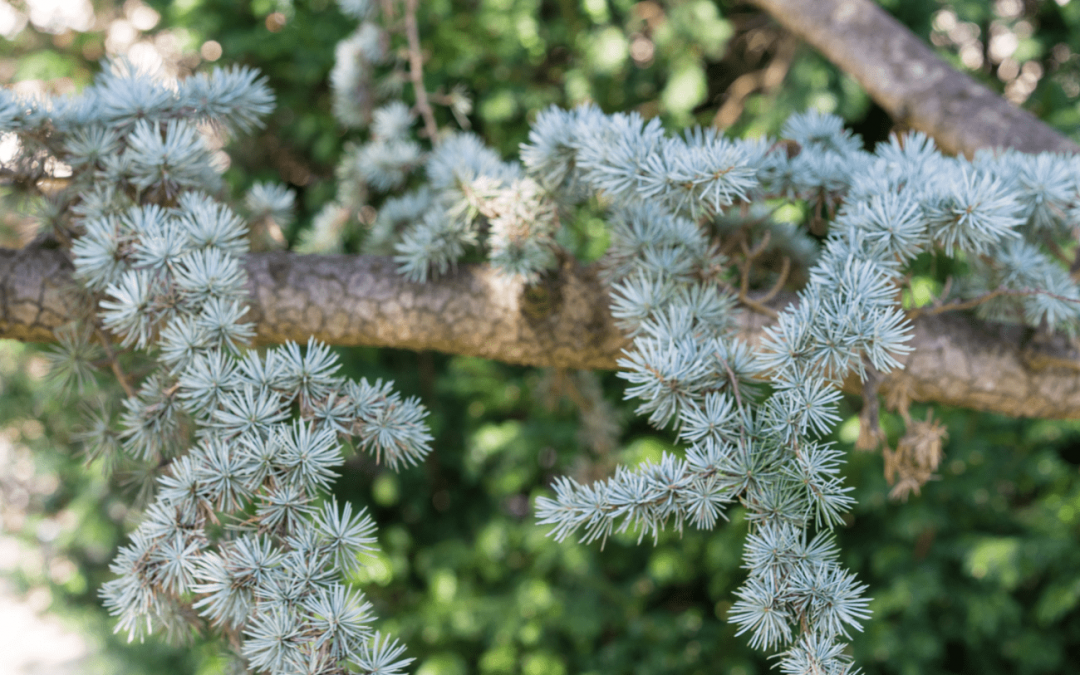Does your Blue Atlas have a fungus?
Atlas Cedar fungus is a silent menace that can destroy your beautiful landscape trees. Know the signs and fight back. Is your Blue Atlas Cedar turning pink rather than blue? By mid-May is your once beautiful Weeping Blue Atlas Cedar practically defoliated?
If you can answer ‘yes’ to one of these two questions your tree most likely has a fungus (Sirococcus conigenus and Kabatina species).
Contact your local extension center to report
According to the OSU Extension Center, there is no known cure. If you do suspect that you have this fungus in your Blue Atlas, your local extension center or biological control office wants to know that you have this fungus so they can continue tracking its location and the elements where it is unfortunately thriving.
What can you do?
There are some things you can do to reduce the spread of the disease and try to bring your once lovely weeper or upright Cedrus atlantica ‘Glauca’ or ‘Glauca Pendula’ back to its lustrous blue color.
- Gently shake all old needles out of the tree, rake the diseased needles and the first 1” of mulch from all around the tree out to the drip line of the branches. Bag and remove this debris. Do not put it in your garden mulch.
- Give your tree a quick fertilizer. I love Dr. Earth Organic fertilizer but there are plenty other name brands for organic and non-organic use.
- Next, spray the affected tree and soil beneath the tree with a Copper Fungicide. I use Bonide Liquid Copper Fungicide Concentrate and dilute it with water. The fungus really gets moving when the temperatures are 60 – 70 degrees and wet soils. But don’t wait to spray until you see the pink… that’s too late. Spray that last week of April or the first week of May when this fungus is among us and most active.
- Wait two weeks and spray it one more time. No need to spray after that, this is a fairly short-lived fungus doing maximum damage in a few short weeks. Be sure to wear protective goggles and gloves and always remember when spraying to choose a day when it’s not breezy.
- When removing branches, don’t take more then 1/3 of the tree at a time. If more then 2/3 of your tree is pink you should consider removal and planting a different species.
If this all sounds like too much, contact your Greenhaven to assist with care, removal, and replanting.
Raina McSherry
Greenhaven Assistant Project Manager and Resident Horticulturalist

